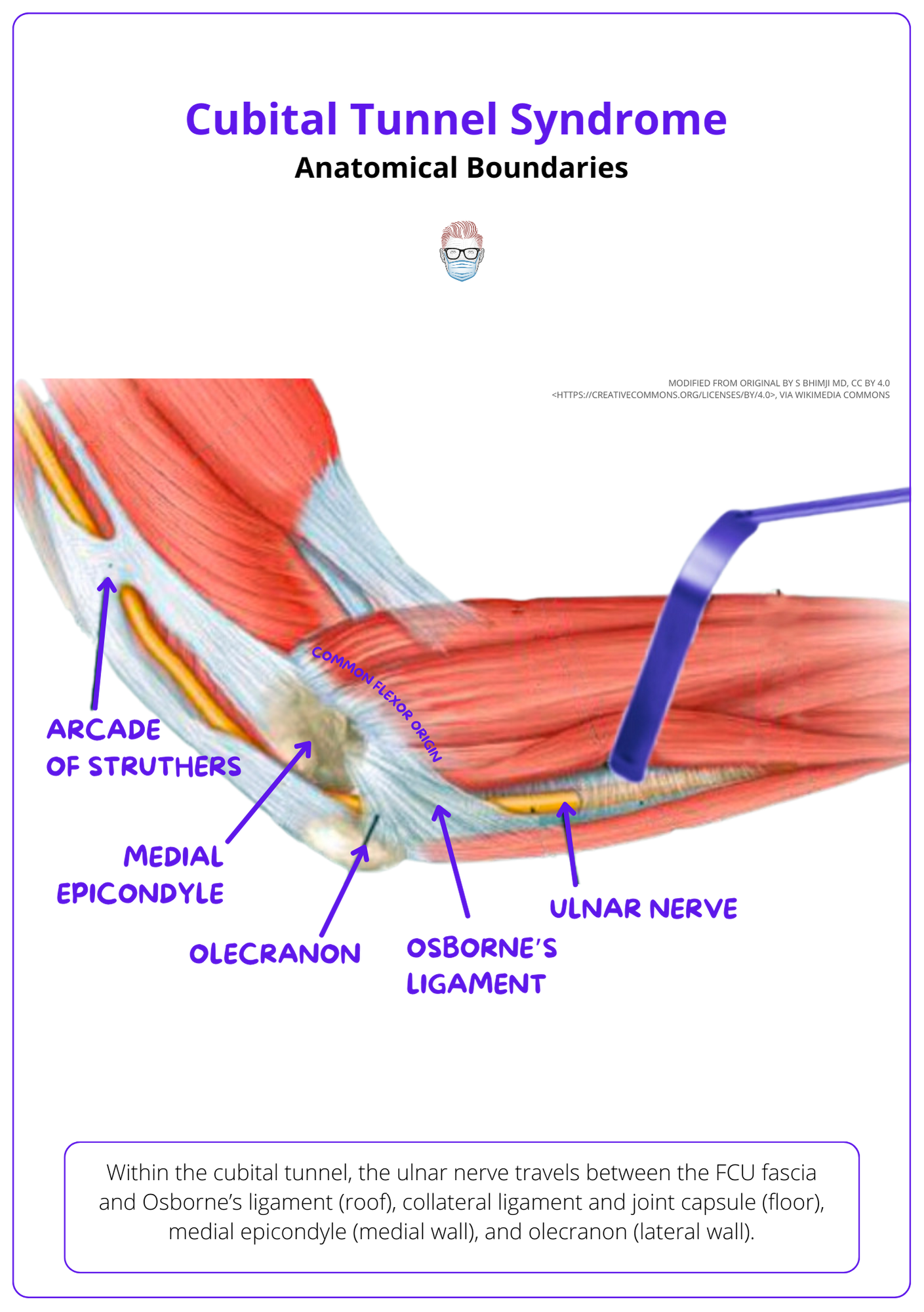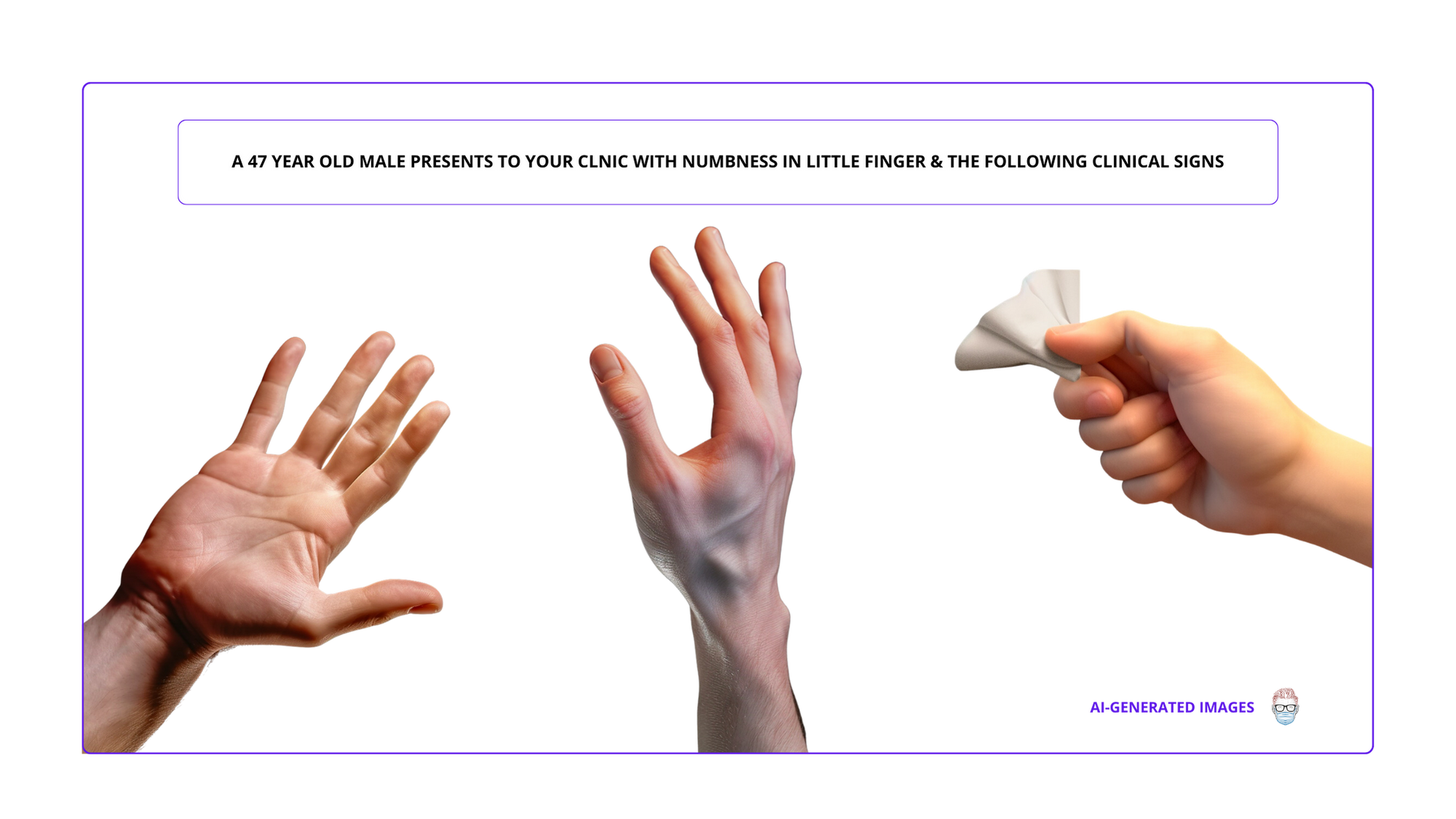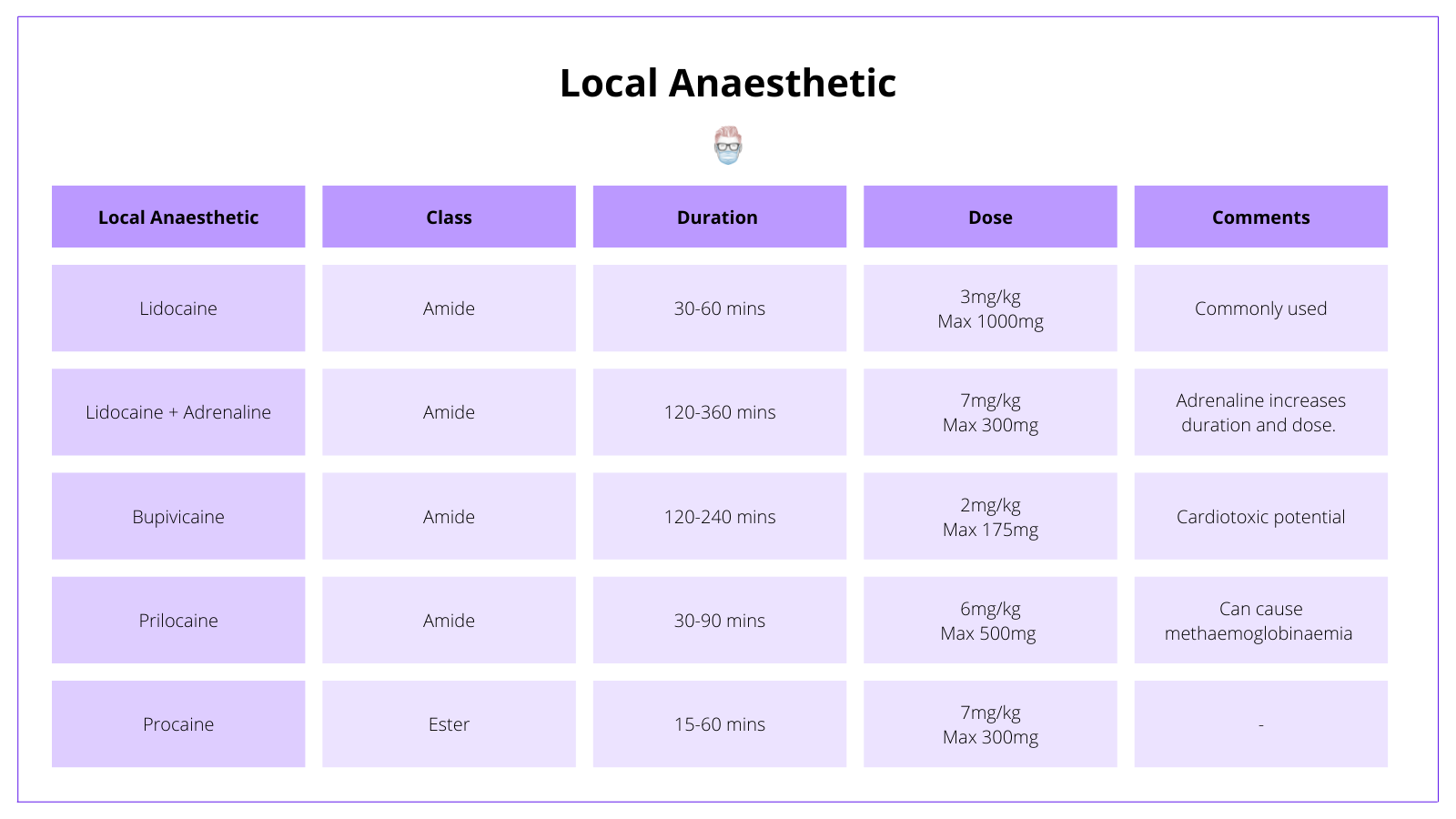In this week's edition
- ✍️ Letter from P'Fella
"Ozempic Face" - it's arrived. - 🤓 The Sunday Quiz
Do you really know the ulnar nerve? - 🔦 Spotlight
Clinical cases is growing. - 📸 Image of the Week
AI-generated ulnar nerve signs. - 🐣 Tweets of the Week
P'Fella's 3 favourite tweets - 🤔 Ask P'Fella
Should we mix local anaesthetics? - 📝 Articles of the Week
3 hot reads on the ulnar nerve! - 💕 Feedback
P'Fella spotlighted the ulnar nerve.
Do you like this focused format?
PS - Collectively, you've spent 485,000 minutes reading thePlasticsFella content over the past 30 days. That's phenomenal! Thank you!
A Letter from P'Fella
"Ozempic Face" - it's arrived.
I've stumbled upon an intriguing trend that's been gaining traction, and it's something we should all be in the know about. So, pour yourself a cup of joe (or tea) and let's delve into the phenomenon known as the “Ozempic face”!
Dive in with me 👇
With the global spike in obesity, the hunt for effective solutions has been fervent. Making waves in this space are Ozempic, Wegovy, and Rybelsus - all champions of semaglutide. While they're predominantly in the diabetes ring, they're also making off-label appearances in the weight loss arena.
But here's the curveball: Ozempic’s rapid weight loss magic can morph into the “Ozempic face,” marked by drooping skin and enhanced wrinkles due to the dip in facial fat. Picture shedding those cherubic cheeks only to be greeted by a prematurely aged reflection!

What do the trends show? Quick Dive into the Latest Trends:
Cosmetic surgery is not just in vogue, it's exploding! There’s been a 19% surge since 2019.
- Facelifts alone have climbed by 8% in the last year. Given the “Ozempic face” trend combined with our selfie-dominant era, this spike doesn’t really shock.
- Eyes are capturing attention, with eyelid surgery ranking fourth in popularity.
- And, let's roll out the red carpet for lip augmentation! Clocking in a staggering 1,378,631 procedures in 2022, it seems like the globe is all set to flaunt those plush lips post-lockdown. Kudos to the influencer brigade!

In a Nutshell:
While Ozempic and its kin dangle the allure of a trimmer silhouette, they come packaged with the unintentional tag of accelerated facial ageing. As we ride this wave, let's ensure our dialogues remain open, guiding our patients with top-tier advice.
Cheers and chat soon,
P'Fella ❤️
The Sunday Quiz
Cubital Tunnel Syndrome
Common sites of compression are (FLAME)
1. FCU Fascia: forms the arcuate ligament with Osborne Ligament.
2. Ligament of Osborne: roof of the cubital tunnel.
3. Arcade of Struthers: from intermuscular septum to medial triceps.
4. Medial Intermuscle Septum
5. Epicondyle

Spotlight
Clinical Cases is growing!

Clinical Scenarios
🌍 Real-world scenarios to mirror clinical practice and exams.
🎤 Structured as an oral "viva" to assess clinical expertise
🔍 Detailed exploration of the current evidence.
📅 Regularly updated cases, ensuring current content.
🚸 Coverage of a wide range of topics
💡 Learn decision-making and management skills.
Image of the Week
AI-generated clinical images

Tweets of the Week
Don't forget to follow P'Fella!
Guyon's canal:
— Dr.OMID BANDARCHI ,M.D. (@OBandarchi) August 2, 2023
An anatomic space along volar ulnar aspect of wrist,contains distal branches of ulnar nerve &artery ;venous & lymphatic vessels. Ulnar n can be compressed at 3 zones at canal:
Zone 1👉results in mixed motor & sensory symptoms
Zone 2👉only motor
Zone 3👉only sensory pic.twitter.com/nNCUxUGTrr
just another of hundred cases with (sub)luxating ulnar nervehttps://t.co/x8goQJJCYS pic.twitter.com/mYo82p5hED
— Sᴡɪss Uʟᴛʀᴀsᴏᴜɴᴅ Cᴇɴᴛᴇʀ - UZR (@Rheumatology) September 10, 2023
Spotlight: Snapping Ulnar Nerve 🦾#Diagnosis is made from #physicalexam where the ulnar nerve is observed to snap over the inside part of the humerus #bone called the medial epicondyle.
— Dr. Chris Ahmad (@drchrisahmad) August 22, 2023
MRI & X-Ray are also frequently obtained to assess for other associated #injuries pic.twitter.com/tVdes2EeYE
Ask P'Fella
You ask, I'll answer
Hello, I was wondering if you could help with a question about local anaesthetic. If mixing lidocaine and bupivacaine, can you use the maximum dose of each or do you have to taper it (e.g using 50% of the maximum dose of each)? I’ve had registrars and consultants telling me inconsistent things so hoping you could shed some light!
Thank you 😊
Hey there!
This is a great question.
Thanks for bringing up this question about mixing lidocaine and bupivacaine. It's a grey area with varying practices. I personally do not mix local anaesthetics.
Both these local anaesthetics are amides that block sodium channels to stop nerve signals. Some folks mix them for a better balance of fast action and long-lasting relief, while others stick to one based on the situation.
The main thing to watch out for is keeping the total dose within safe limits to dodge toxicity. Some references like Budney (2019) suggest sticking to a combined max dose. So, if you go half-max on lidocaine, the other half should be the max you go with bupivacaine.
For a quick example, in a 50kg person, 10ml of 1% lidocaine is half the max dose, and 10ml of levobupivacaine at 2.5mg/ml is a quarter of the max. Mixing 20ml of these two stays within the 75% of the max dose, which is on the safe side. But a 40ml mix hits 150% of the max, which could lead to trouble.
Throwing adrenaline into the mix can up the max dose allowance for lidocaine, letting you use a larger volume safely (French, 2012)

Hope that clears things up a bit. Feel free to bounce back any more questions or thoughts
P'Fella
4 questions submitted in the last 7 days...
Articles of the Week
3 must-read articles! 📚
3 Must-reads
- What to do if you injure an ulnar nerve?
Woo A, Bakri K, Moran SL. Management of ulnar nerve injuries. J Hand Surg Am. 2015 Jan;40(1):173-81. doi: 10.1016/j.jhsa.2014.04.038. Epub 2014 Nov 6. PMID: 25442770. - An algorithm for cubital tunnel syndrome
Boone S, Gelberman RH, Calfee RP. The Management of Cubital Tunnel Syndrome. J Hand Surg Am. 2015 Sep;40(9):1897-904; quiz 1904. doi: 10.1016/j.jhsa.2015.03.011. Epub 2015 Aug 1. PMID: 26243318. - What actually is Guyon's Canal?
Maroukis BL, Ogawa T, Rehim SA, Chung KC. Guyon canal: the evolution of clinical anatomy. J Hand Surg Am. 2015 Mar;40(3):560-5. doi: 10.1016/j.jhsa.2014.09.026. Epub 2014 Oct 29. PMID: 25446410; PMCID: PMC4791630.


